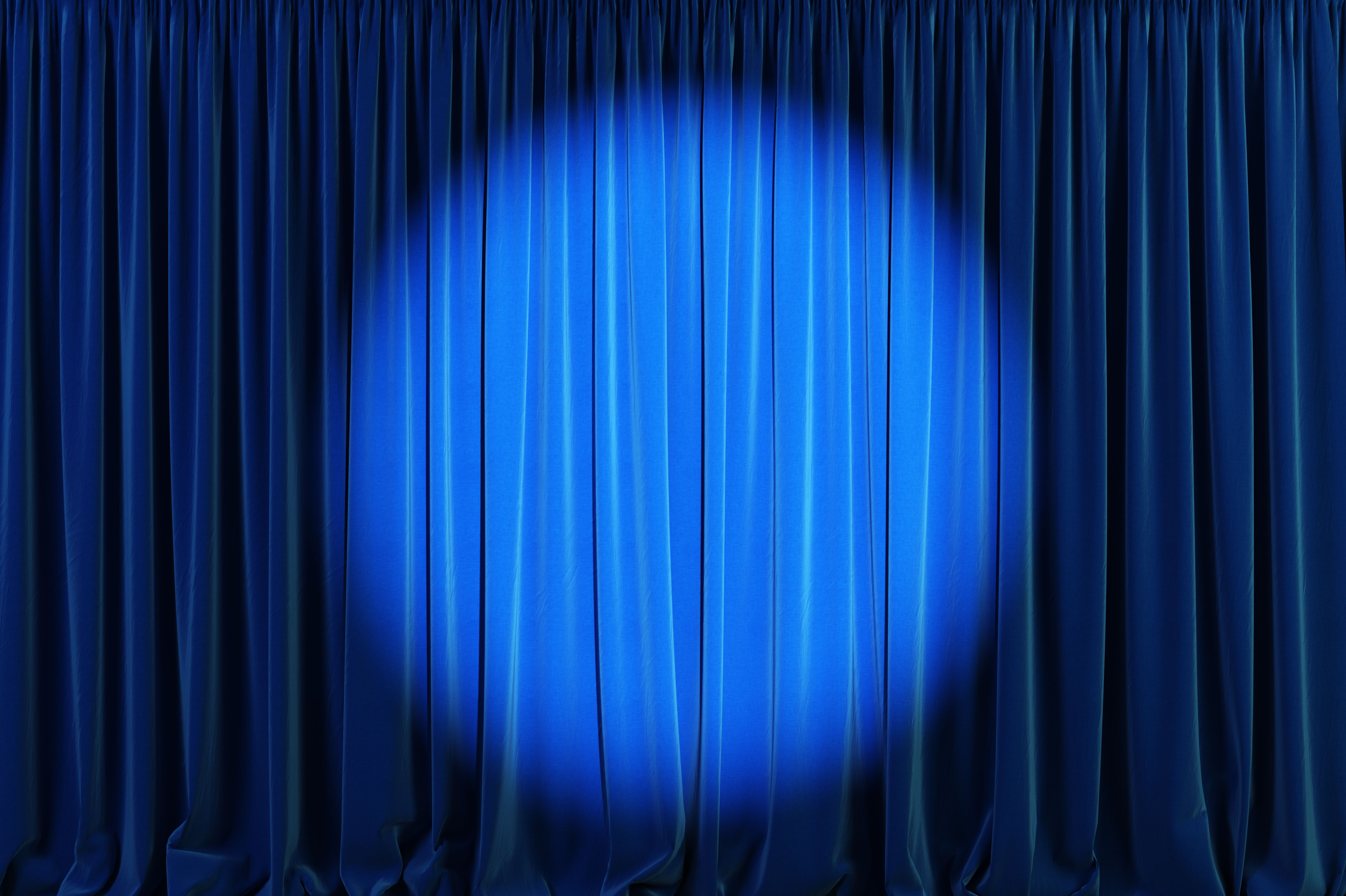Blog
Article
New Travel Log: Artistic Collaborations in the Arts and in Psychiatry
Author(s):
Arts and psychiatry: better at collaboration than most.
simone_n/AdobeStock

PSYCHIATRIC VIEWS ON THE DAILY NEWS
The upcoming conference in Door County that my wife and I are attending is titled “Astonish Us in the Morning: Artistic Collaborations in the 21st Century.” In yesterday’s first preview column on the event, I covered the first intriguing word in the title: astonish. Today, we cover the second intriguing words: artistic collaborations.
Besides the title, there was a description of what is supposed to occur. It promises the participation of musicians, dancers, dramatists, contemporary circus performers, and others, most often accompanied by cocktails designed the instructor, Eric Simonson! Coincidentally, Simonson wrote the script for a play that is just opening in Milwaukee by the Milwaukee Rep, “Run Bambi Run,” about the life of Lawrencia “Bambi” Bembenek. We were there for the first preview, so perhaps more about it later.
Probably the most collaborative of all the arts is opera, which includes singing, orchestral music, theatrical aspects, and occasionally dancing. Many years back, there was an annual series of scenes and discussion about madness in opera at the annual meeting of the American Psychiatric Association. I will be curious to compare the upcoming cultural arts collaborations with such collaborations in psychiatry.
Up until the 1960s, mental health care was mainly provided by psychiatrists in individual private outpatient practices and long-term care by teams in state hospitals. All that changed with the 1963 Community Mental Health Centers Act led by President Kennedy and the ensuing deinstitutionalization of the state hospitals. Hospital stays shortened and outpatient care in the community for the poor escalated, though too slowly and subject to political changes.
To be cost-effective, the care of the public needed to be done by multidisciplinary teams.1 To the traditional psychiatry teams, paraprofessionals were added, who came out of the communities being served and were mainly educated onsite.2 The next major addition to the psychiatric team was the acceptance of the value of peer specialists, that is, those with their own mental disorder, who could help their fellow patients with empathy, representation, and practical advice.3
Along the way, such multidisciplinary teams also came to child and adolescent psychiatry. At its most extensive were wrap-around teams that could make home visits. A recent collaborative care system with primary medical care for youth has emerged.4
At its best, these multidisciplinary teams contain contributions from fields with different but overlapping knowledge and skills. Most commonly, that would include psychiatrists, psychologists, nurses, social workers, and case managers. Sometimes, networks and whole communities, as in Brazil, are part of the collaborations.
The irony is that the expressive arts of psychodrama, art therapy, music therapy, and dance therapy were once quite common in clinical psychiatry, but have dissipated to save costs. Businesses, too, have now become part and parcel of mental health care.
At its worse, the would-be collaboration results in undue competition, unanswerable questions, and which discipline is best to lead what. For better and worse, the American Psychiatric Association and American Psychological Association both claim the same initials, APA.
Perhaps the history of the interdisciplinary organizations in psychiatry are reflective of the challenges. The American Orthopsychiatry Association was formed by a small group of psychiatrists and lasted until 2017, when its name changed to the Global Alliance for Behavioral Health and Social Justice, although the journal name remained the same, American Journal of Orthopsychiatry.5 The organization of community psychiatrists has gradually become more multidisciplinary in recent times and changed its name, too. Similar quests and conflicts have occurred across religions and interfaith relationships.
Collaborations in the arts and psychiatry are models and test runs of what is needed to create what is best in other areas of life globally. If politicians cannot collaborate adequately and creatively, harmful conflict is more likely. If we in mental health care and the arts cannot do it well with all our expertise in understating people and creativity, the future of humanity will be at higher risk, it seems. Together, let’s further prove our value to society.
Dr Moffic is an award-winning psychiatrist who specialized in the cultural and ethical aspects of psychiatry, and is now in retirement and refirement as a private pro bono community psychiatrist. A prolific writer and speaker, he has done a weekday column titled “Psychiatric Views on the Daily News” and a weekly video, “Psychiatry & Society,” since the COVID-19 pandemic emerged. He was chosen to receive the 2024 Abraham Halpern Humanitarian Award from the American Association for Social Psychiatry. Previously, he received the Administrative Award in 2016 from the American Psychiatric Association, the one-time designation of being a Hero of Public Psychiatry from the Speaker of the Assembly of the APA in 2002, and the Exemplary Psychiatrist Award from the National Alliance for the Mentally Ill in 1991. He is an advocate and activist for mental health issues related to climate instability, physician burnout, and xenophobia. He is now editing the final book in a 4-volume series on religions and psychiatry for Springer: Islamophobia, anti-Semitism, Christianity, and now The Eastern Religions, and Spirituality. He serves on the Editorial Board of Psychiatric Times.
References
1. Moffic HS, Adams G, eds. A Clinician’s Manual on Mental Health Care: A Multidisciplinary Approach. Addison-Wesley Publishing Company; 1982.
2. Moffic HS, Patterson GK, Laval R, Adams GL. Paraprofessionals and psychiatric teams: an updated review. Hosp Community Psychiatry. 1984;35(1):61-67.
3. Bateman H. Pathway to Treasure: Discovering the Hope Empowerment Can Bring Toward Recovery from Serious Mental Illness. Independently published; 2022.
4. Lyons J, Hilliard B, Condon CL. Unique collaborative care system: solution to the youth mental health crisis. Psychiatric Times. September 8, 2023. https://www.psychiatrictimes.com/view/unique-collaborative-care-system-solution-to-the-youth-mental-health-crisis
5. Walker DK, Kilmer RP, Armstrong MI. Continuing our organizational mission: a new name for a new time. Am J Orthopsychiatry. 2017;87(1):1-2.





